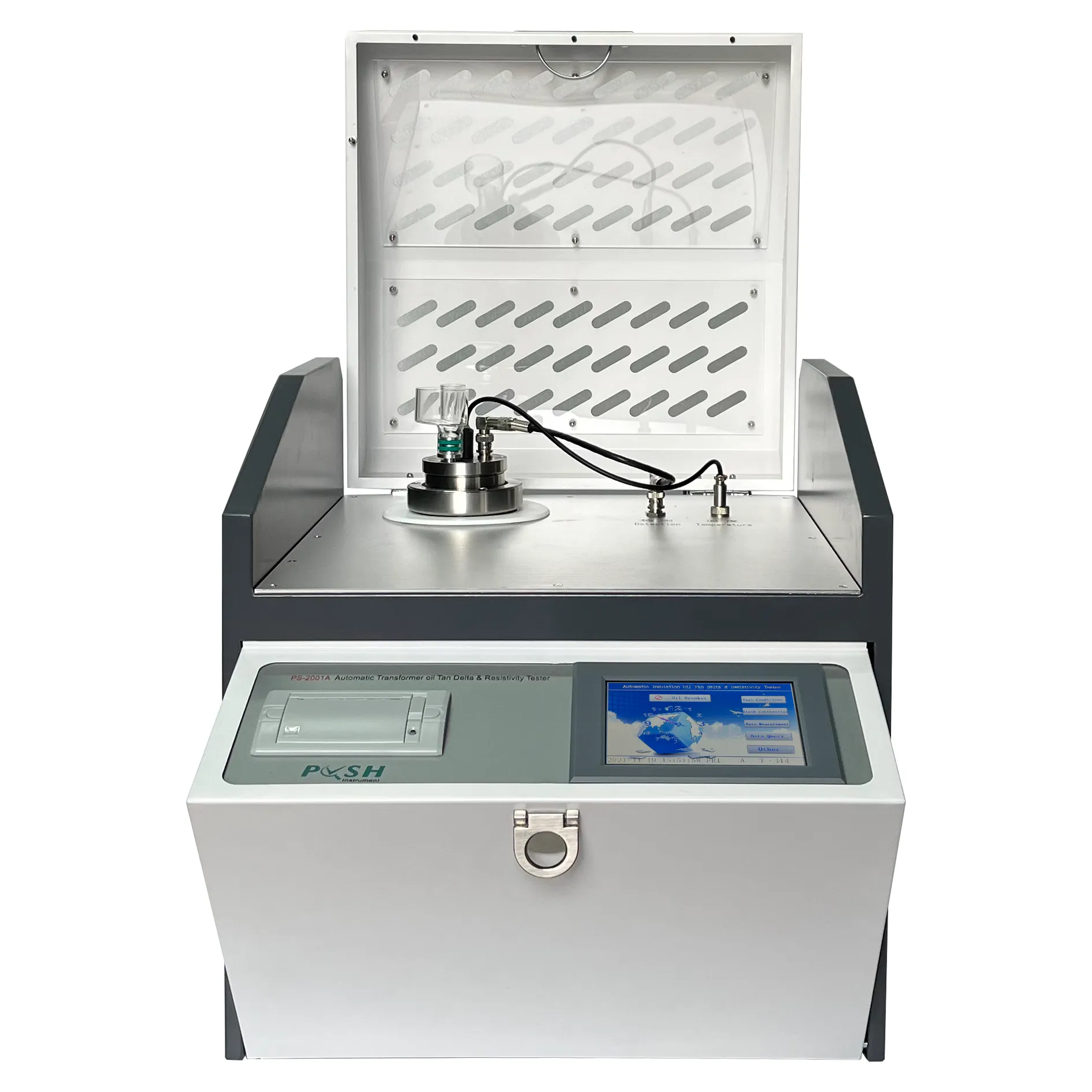 English
English


Dielectric Loss Test
Understanding Dielectric Loss Test Importance and Applications
Dielectric loss testing is a crucial method used to evaluate the performance of insulating materials in various applications. The dielectric loss of a material refers to the energy dissipated as heat when it is exposed to an alternating electric field. This property is vital in determining the efficiency and reliability of electrical and electronic components, especially in high-voltage systems.
The dielectric loss test involves applying a known AC voltage to the material and measuring the energy absorbed over time. This energy loss indicates how well the material can insulate and how much heat may be produced during its operation. High dielectric loss can lead to increased operational temperatures, potential breakdowns, and failures in electrical systems.
One of the primary standards used in dielectric loss testing is ASTM D150. This standard outlines methods for measuring the capacitance and dissipation factor (tan δ) of dielectric materials. The dissipation factor provides a quantitative measure of the dielectric losses and is critical for assessing the quality of insulation in cables, transformers, and other electrical devices.
dielectric loss test

In practical applications, dielectric loss testing plays a vital role in preventive maintenance strategies for electrical equipment. Regular testing allows engineers to identify insulation degradation before it leads to catastrophic failures. For instance, in high-voltage power transformers, increased dielectric loss can signal moisture ingress or other forms of insulation breakdown, prompting timely maintenance actions.
Industries such as power generation, telecommunications, and manufacturing rely heavily on dielectric loss test results to ensure their equipment operates safely and efficiently. For example, in power transmission systems, maintaining low dielectric loss helps in minimizing energy wastage, thus improving overall system performance.
The advancements in testing technology, such as the introduction of portable dielectric test sets, have made it easier for field technicians to perform these tests without requiring extensive downtime. These portable devices provide quick and accurate measurements, facilitating effective monitoring and maintenance practices.
In conclusion, the dielectric loss test is an essential evaluation method that helps maintain the reliability and efficiency of electrical insulation systems. Understanding dielectric properties and monitoring them regularly can significantly reduce the risks associated with equipment failures and enhance the performance of electrical and electronic devices. Whether in a laboratory or a field setting, dielectric loss testing remains a foundational practice for electrical engineers and technicians dedicated to ensuring the longevity and safety of electrical systems.
-
Differences between open cup flash point tester and closed cup flash point testerNewsOct.31,2024
-
The Reliable Load Tap ChangerNewsOct.23,2024
-
The Essential Guide to Hipot TestersNewsOct.23,2024
-
The Digital Insulation TesterNewsOct.23,2024
-
The Best Earth Loop Impedance Tester for SaleNewsOct.23,2024
-
Tan Delta Tester--The Essential Tool for Electrical Insulation TestingNewsOct.23,2024





